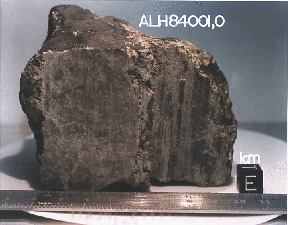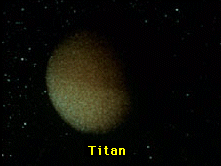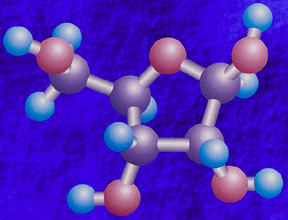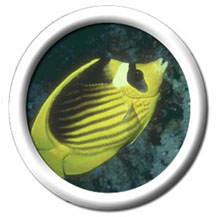This is just one species of butterflyfish. Isn't it pretty?!
Click on image for full size
Windows Original, adapted from Corel Photography
Butterflyfish
There are several species in the Chaetodontidae family, commonly known as
the butterflyfish. These colorful, bony fish are most often found near
coral reefs at depths from 1 to 100 feet. Some species of butterflyfish
are carnivorous; their meals usually consist of worms, crustaceans and
the fleshy part of corals called polyps. The rest are omnivorous, which
means they eat animals as well as plants, such as algae.
Butterflyfish come in sizes between 6 and 12 inches, and usually have
very bright colors. The Golden-striped Butterflyfish glows a beautiful
yellow, almost like a tiny Sun in the water. The Ornate Butterflyfish is
truly remarkable. Most of its body is a light blue, with bright orange
stripes flaming across. The outer edge of the fish is a greenish color,
with traces of yellow and black stripes.
This special family is easily recognized in the water because of its
shape and beauty. Butterflyfish are rather flat and oval-shaped. A short
'snout' sticks out at one end, while a fan-shaped tail stems out from the
back. The overall appearance of the fish makes them a popular pet.
You might also be interested in:

Jupiter's atmospheric environment is one of strong gravity, high pressure, strong winds, from 225 miles per hour to 1000 miles per hour, and cold temperatures of -270 degrees to +32 degrees (freezing temperature).
...more
In July, 1996, it was announced that Dr. David McKay, along with a team of scientists at Johnson Space Center (a division of NASA), had discovered possible fossils of bacteria in an ancient rock from Mars.
...more
Saturn's atmospheric environment is one of strong gravity, high pressure, strong winds, from 225 miles per hour to 1000 miles per hour, and cold temperatures of -270 degrees to +80 degrees. With winds
...more
Titan's atmosphere is a lot like the Earth's, except that it is very cold, from -330 degrees to -290 degrees! Like the Earth, there is a lot of Nitrogen and other complex molecules. There also may be an
...more
Autotrophs are organisms that produce organic compounds from an inorganic source of carbon (carbon dioxide) given a source of energy. If the source of energy is the reactions of inorganic chemical compounds,
...more
In the warm primordial ocean, aggregates of amino acids, proteins, and other hydrocarbons coalesced into a form called *coacervates*. Organic polymers such as amino acids will spontaneously form coacervates
...more
Organisms that are able to make their own food (in the form of sugars) by using the energy of the Sun are called autotrophs, meaning "self-feeders". Photosynthesis is the name of the process through which
...more














